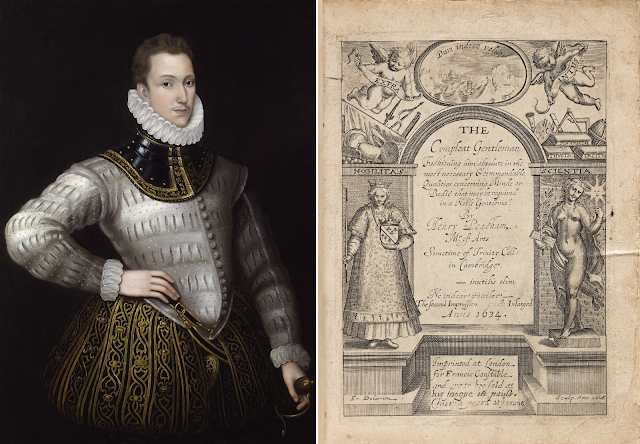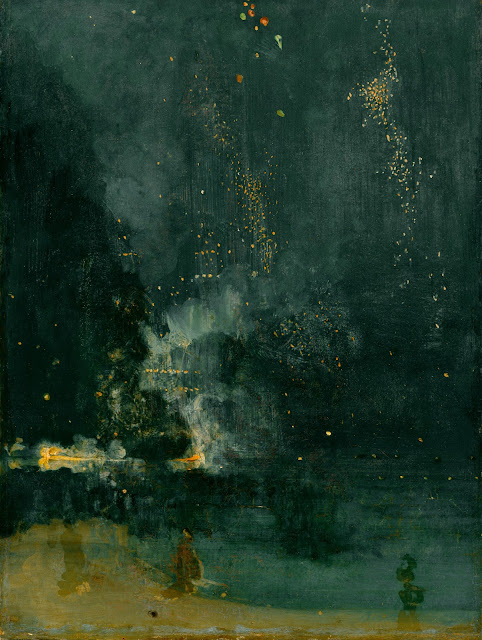Rua dos Douradores

Ulysses, Ulisspo, Lisboa. I wrote the Casa Fernando Pessoa in Lisbon inquiring about the 21 Poems of Alvaro de Campos . My copy, acquired on a trip there in ‘97, had been lost in the fire that gutted our house—and all my books. I don't remember having actually read it. It was a pleasure simply to own it: a thin volume of long, languid free verse sitting snug on the shelf between Pessoa's other heteronyms: Ricardo Reis, Alberto Caeiro, and Pessoa himself (or was he?). Its cover was made of corrugated cardboard stock, the kind shipping boxes are made of, with a hole in front exposing the number 21 on the title page; the paper had a faux-faded yellow tint; the typeset was the slender sans serif of an old Olympia. I was told it was out of print. I remember confounding the lady at the museum sho...















